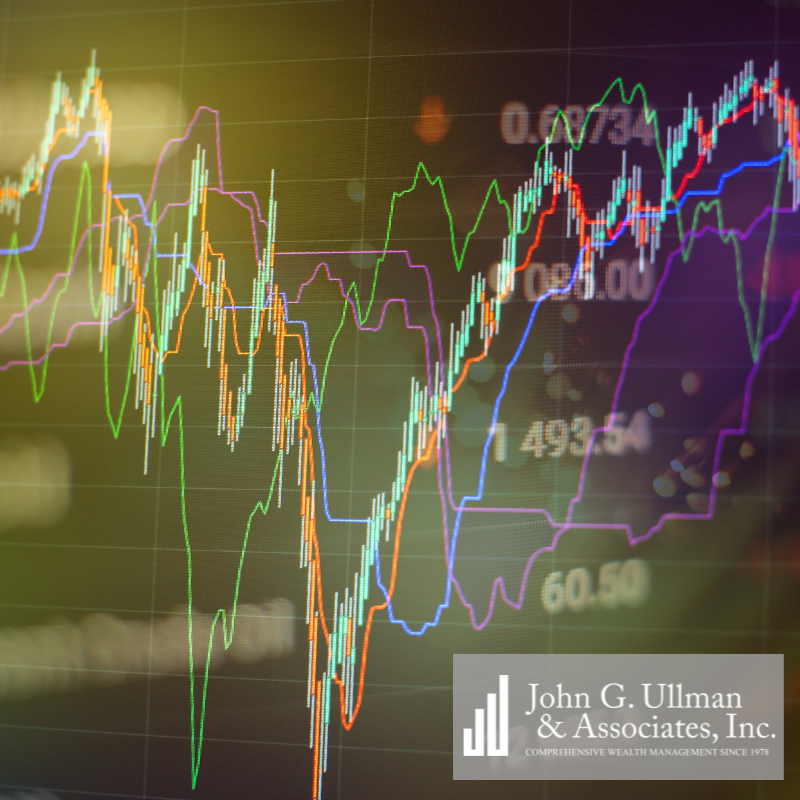Let’s begin with the definition–sequence of returns risk refers to the possibility of running out of money due to poor investment returns in the early years while you are withdrawing from the account. This is often associated with retirement accounts during the spenddown stage of life. Simply put–timing does matter. A retiree relying on income from their investments may see a significant difference in the longevity of their retirement savings based on when withdrawals are made. Withdrawing during a bear market early in retirement versus a bull market can significantly affect the growth potential of the remaining assets.
Insight into Sequence of Returns Risk:
No one can accurately predict future investment performance. However, there are ways to mitigate downside risks when nearing retirement. Certain statistics can help identify investments with lower sequence of returns risk, enabling educated investment decisions throughout retirement stages.
For instance, equities like the S&P 500 index offer more growth opportunities but come with higher volatility. A market downturn can dramatically impact portfolio value, especially if withdrawals occur during a down year. Higher volatility generally means higher sequence of returns risk. In contrast, fixed-income investments, such as bonds, have historically shown lower sequence of returns risk. Although bonds are sensitive to interest rate changes, they usually experience less volatility and can help preserve portfolio value when withdrawals begin.
How to Manage Sequence of Returns Risk:
Several strategies can protect your investment portfolio from potential retirement risks. One key strategy is adjusting your asset allocation based on your retirement date and market conditions. Diversify your portfolio into three buckets, each serving a specific purpose in the early years of retirement:
- First Bucket: Cash and cash equivalents for covering near-term expenses (1-3 years).
- Second Bucket: Fixed-income investments like bonds, providing steady ongoing income and refilling the first bucket while protecting against significant losses.
- Third Bucket: Growth investments in more volatile assets like equities, intended for long-term growth and not expected to be touched for several years, allowing for appreciation and mitigating some volatility risks.
By following this diversified approach, you can better manage sequence of returns risk and enhance the likelihood that your retirement savings will last throughout your retirement.


